
Fabian Tan’s Jose House translates nature and light
People seek allowances, portions inside their home marked by margins—a desire manifested in the ache felt for the impression of space. In dense urban surroundings, it is difficult to translate this sense of longing into actuality. On account of this, most residents in Malaysia confront this problem by following a template for their renovation, often resulting in similar home designs within the same neighborhood. However, architect Fabian Tan breaks away from this monotony through the use of minimalism to create a home that exhibits features of nature and light.
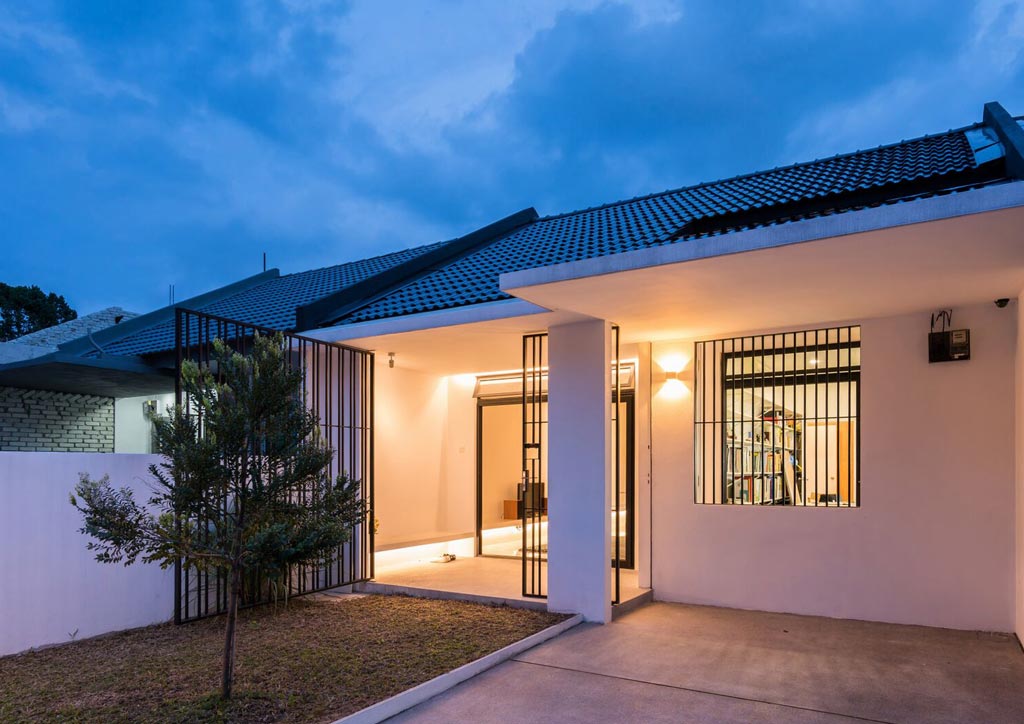
Like some of his previous designs, Tan’s Jose House shows little resemblance to the original plan. A supposedly simple renovation of a single-storey house has grown to receive a far more extensive intervention, full of tuneful complexities. The house sits on a plot of 23’ x 75’ land. Since the original layout was typically closed, the brief was to create an open plan on one side, and the private rooms on the other side of the dividing center wall.
The renovation was kept at a restricted budget, and the layout utilized the existing structure to its maximum capacity with the supplement of the half loft floor, which was initially the floor slab for an old water tank. All roof timbers were untouched, and the scale of the building was retained to equal with the existing houses in the neighborhood. This resulted to a roof viewing deck, unseen from the street. It has U-shaped concrete seats and a glass table that lets light into the house during daylight.
The design of the Jose House was inspired by the grandmother’s fondness for nature. For this reason, Tan coordinated the linear spatial qualities of the house to bring into existence thoughtful framings of view, light, and plants.
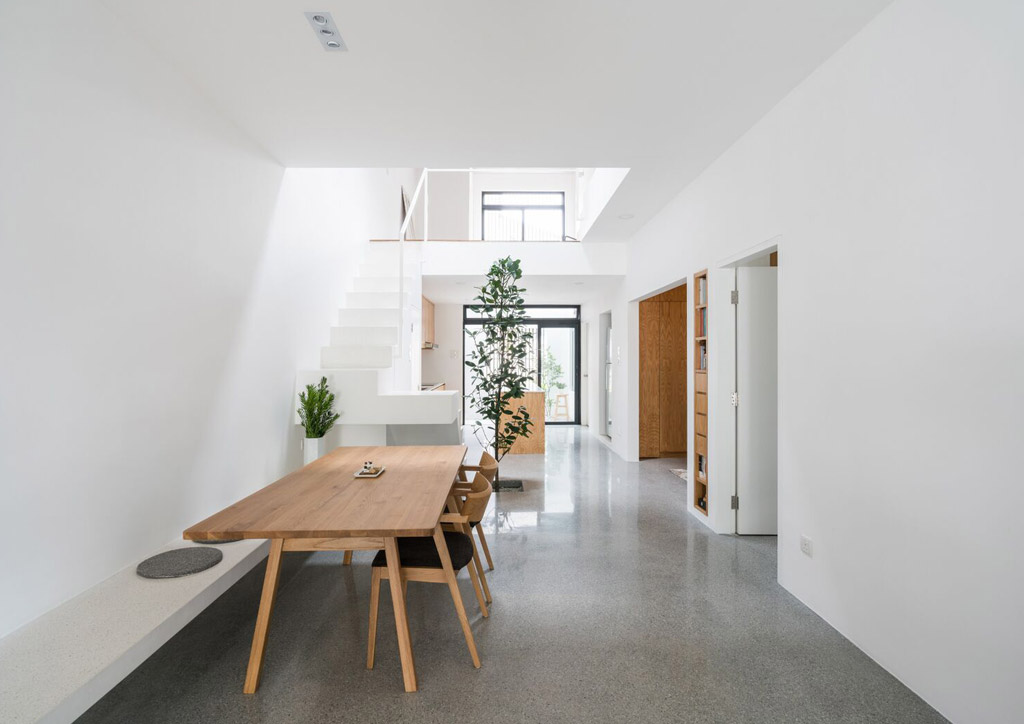
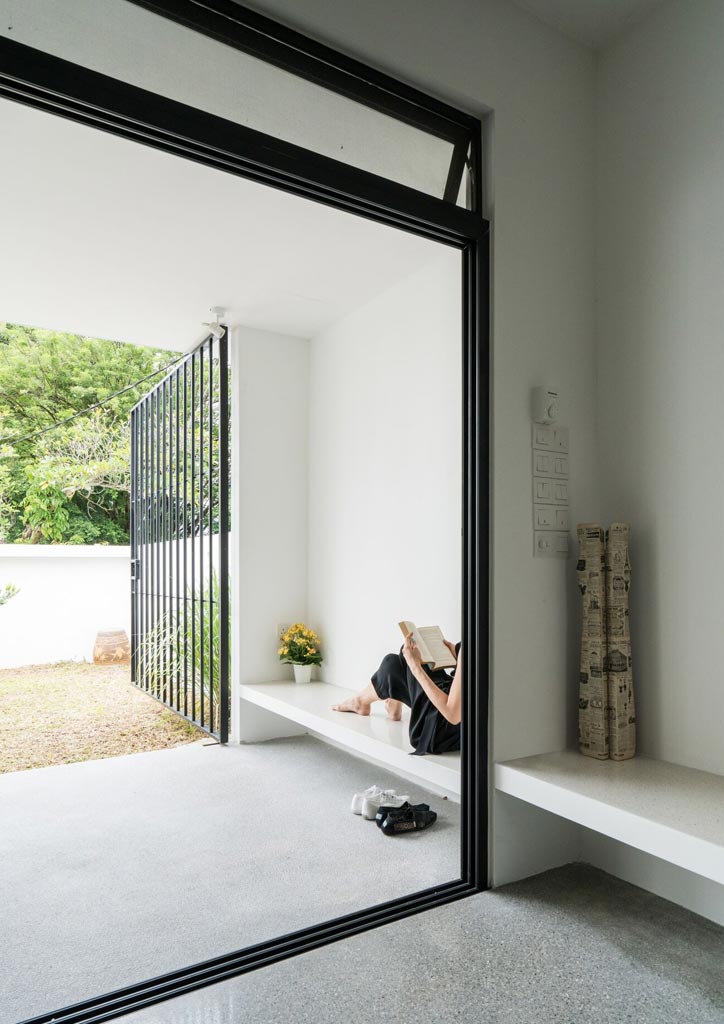
Unfilled areas of the terrace house presented the chance to understand space the way the Japanese perceive openings as multifaceted functions and dispositions. As a result, Tan took a fluid approach to the house, harboring the primacy to get light into each space. He also entertained the idea of connecting surfaces to each other through openings and across floor relationships. Parts of the architecture of the Jose House are visually forward, underscoring the essentialist value of the design. There is a balance between privacy and security, all the while maintaining light and ventilation all throughout. Aside from the cultivated details, an emphasis on safety was ensured.

For its finish, the Jose House was kept unadorned and humble: white walls, and portions of the ceiling were rendered in plain concrete, an element familiar in modern visual. From the second floor, the sight of the exposed concrete orchestrates with the wooden silhouettes distributed in the dining and kitchen areas. The idea behind the design was stirred by the Japanese culture ideal on detail and restraint. This intention was articulated through the use of light and material to introduce the pureness of space. Nearly all details of the Jose House were interpreted through reasoning rather than mere aesthetic play.
It is evident that Tan observantly notes a context within a context, as seen through the many things that make this house truly beautiful—from the patterns and textures incorporated to how the windows filter light in to the house. He distills design to a point of balance between beauty and function.


For Immanuel Kant, space is a priori form that allows individuals to explore external reality. In space, what exists are utterances between what is seen and what is seized, walked and touched, arranged and transformed. It is in space where objects are placed, and where one is able to move freely, thus forming a representation of the self. Different spaces are structured by the places that determine them. And for Vitruvius, what signifies in architecture is not the physicality of the structure per se, but other things the edifice can give, such as the connection produced by the design that can further human interactions.
The Jose House allows one to experience space, one that cannot be easily captured in images. In this design, not only did Tan weave together nature and light, but he was also able to construct a physical setting that can ground moments wrapped in emotions—things meaningful to those living in it. ![]()
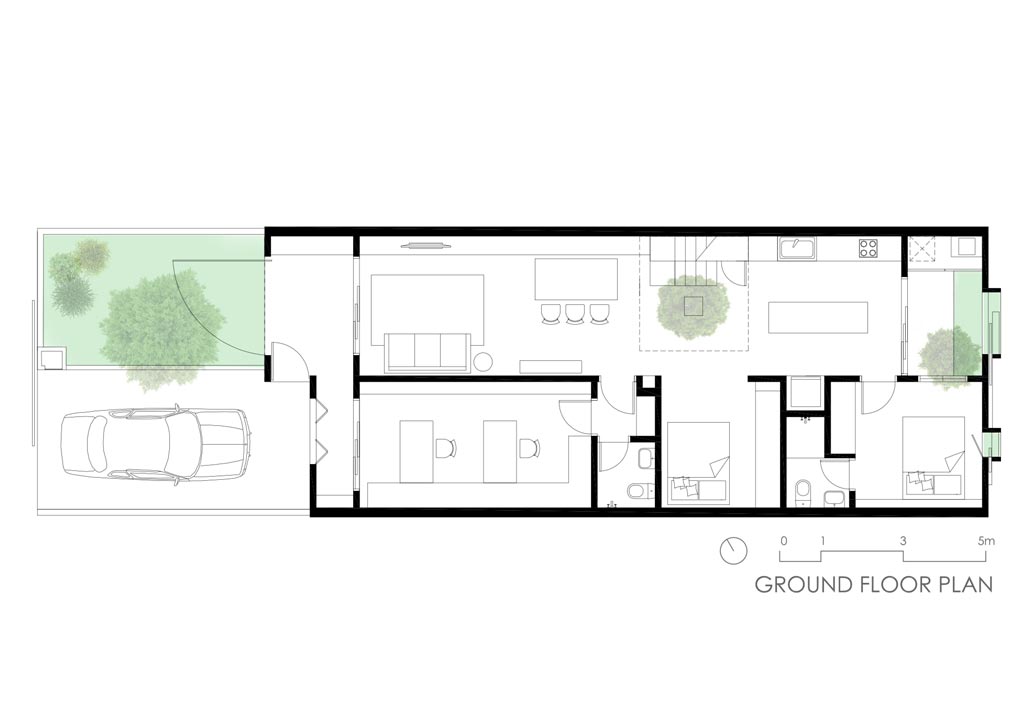
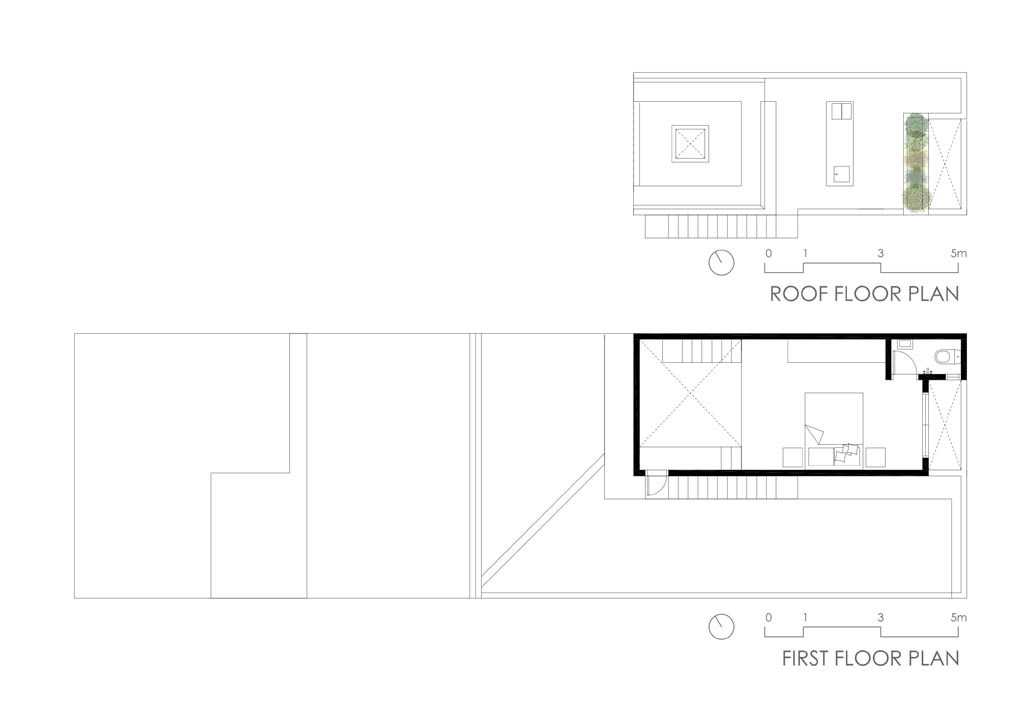
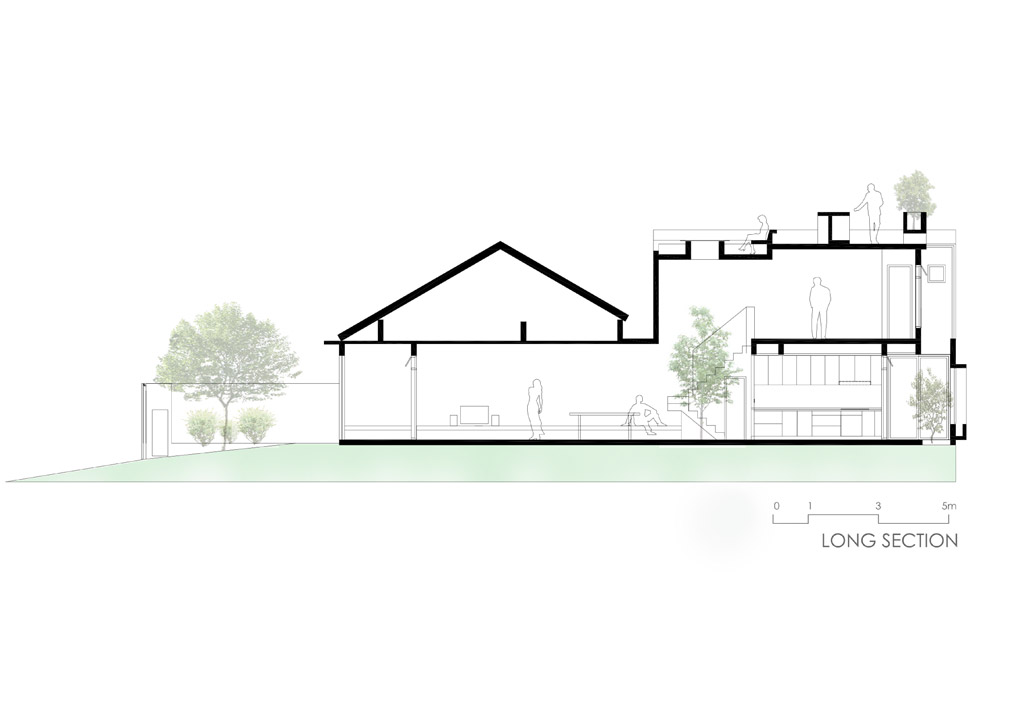
READ MORE: Palpable geometry in Fabian Tan Architect’s Knikno House
Photographed by Ceavs Chua


